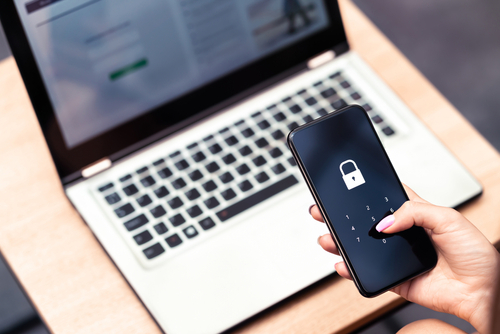10 Back-to-School Cybersecurity Tips – Total Security Advisor
Now that schools and colleges have started up their academic year, it’s important to stay protected electronically. Security professionals who work in educational settings should teach students and staff how to properly safeguard themselves from cybersecurity threats whether they are using institutional computer equipment or are bringing their own smart devices such as smartphones, smartwatches, tablets, and laptops.
Below are 10 tips from the National Cybersecurity Alliance that security professionals should share with students and staff. For more tips, see the group’s guides on K-12 Online Learning and Higher Education Online Learning.
1. Protect Your Information: Be careful when giving out personal details online such as addresses, phone numbers, usernames, passwords, birthdates, and Social Security numbers. This is important so you can protect your identity from being stolen.
2. Don’t Click on That: When dealing with people you don’t know, avoid clicking on links in emails, text messages, and direct messages. Doing so could be a huge cybersecurity risk, as it could load a virus onto your device. Security professionals should strongly encourage staff and students to forward suspicious messages or attachments to them.
3. Apply Some Caution: Ensure apps are legitimate before downloading them. Some apps can be malicious. Most smartphones on the market today are either iPhones or Androids. While experts report that Apple’s iOS operating system for iPhone is more secure since it is a closed system while Android has an open-source code, it is possible to get a virus with either type of smartphone. Check to see who made the app, look at user review feedback, and research any articles online about the app’s security features.
4. Protect Your Computer: Keep all your smart devices with you all the time. When you can’t, or when using institutional computers, utilize locking features that require a PIN, password, or a biometric like a facial scan or fingerprint.
5. Use a Password Manager: Use capital letters, lowercase letters, numbers, and symbols that would be hard to guess, and save that in the manager. The manager allows passwords to be automatically randomly generated. It also prevents having to remember complex passwords and eliminates the need to write them down.
6. Run Antivirus Software: Security professionals should ensure that all institution-owned computers have antivirus software. Students and staff should check with security professionals to see if there is software the school has that they can install on their personal devices.
7. Don’t Forget to Update: Security professionals should ensure that all institution-owned computers have the latest versions of security software, web browsers, operating systems, and programs. Students and staff should ensure their personal smart devices are updated as well. Many cybersecurity threats happen due to vulnerabilities that are later patched through manufacturer updates.
8. Use MFA (Multi-Factor Authentication): This offers a second step to secure accounts in case someone who is malicious gets ahold of your password. An example of an MFA is a text message with a code sent to your cell phone number that you must enter online when you log in along with your password. Many banks and financial institutions have MFA.
9. Know the Privacy and Security Settings: Security professionals should be careful to set proper settings for users of their computers and their Wi-Fi networks. Students and staff should review the privacy and security settings of their social media accounts.
10. Clean Up Before You Go: Before leaving a shared computer at an institution that you have been using, be sure to clear it of nonpublic information and remove any printouts of personal information at public workstations. It is best that everyone has their own log-in profiles when sharing computers.
By following these steps, students and staff members can ensure that they will have a safe and productive year whether they are attending an elementary school, middle school, high school, or university.








Gloss